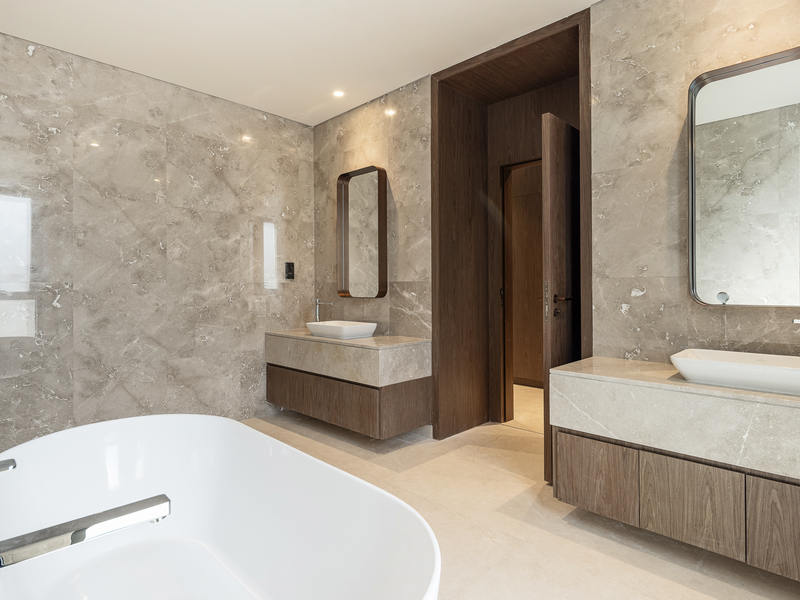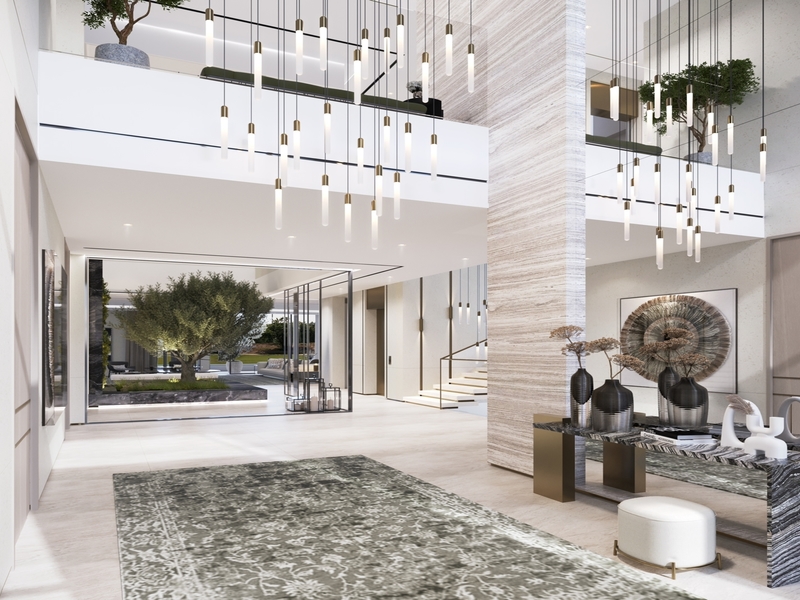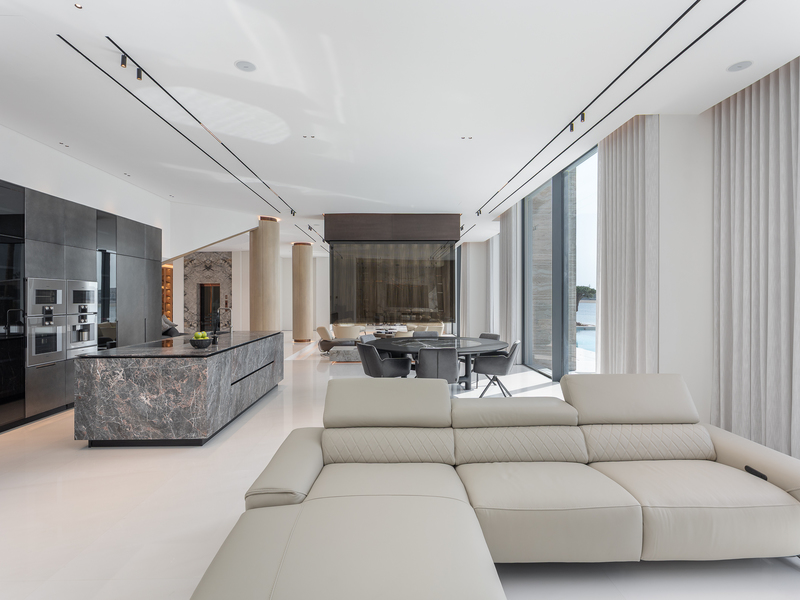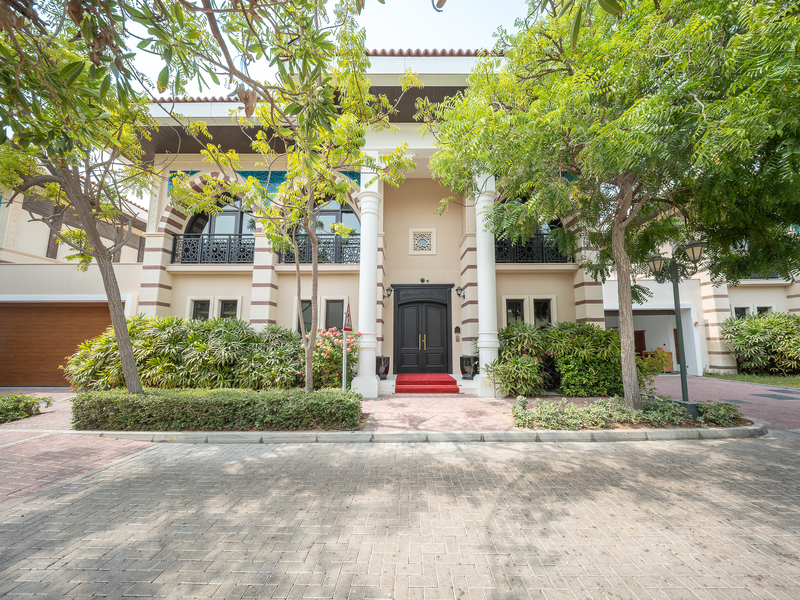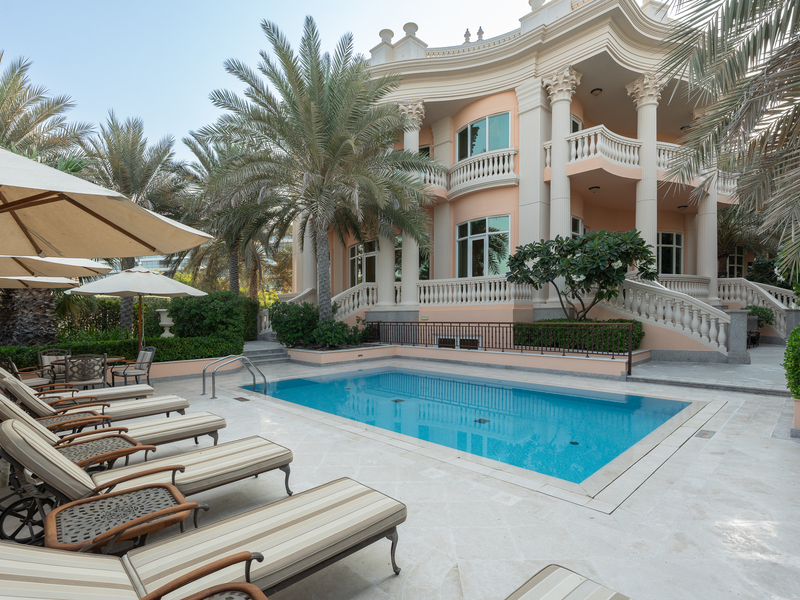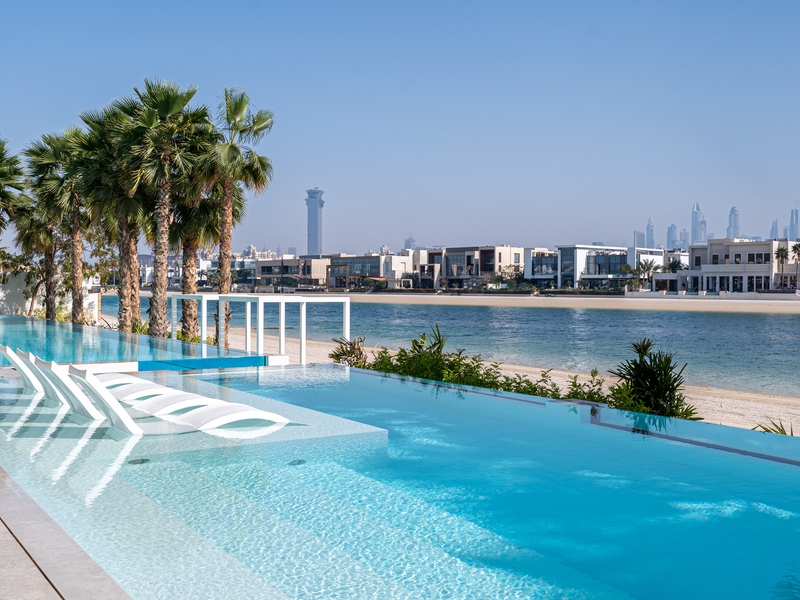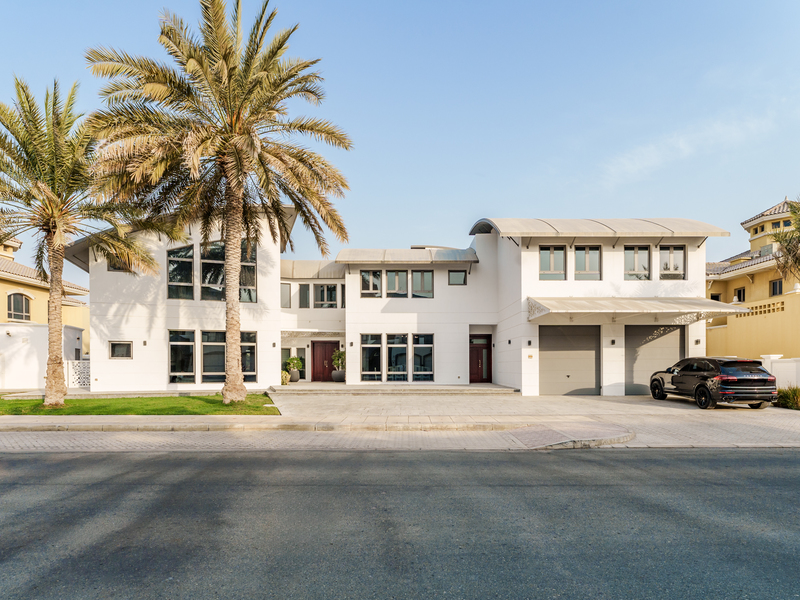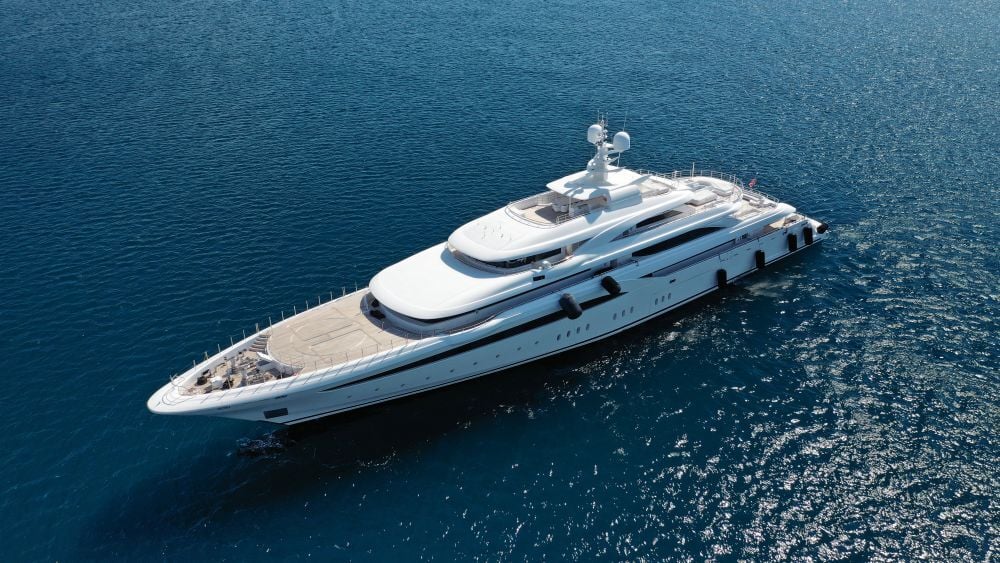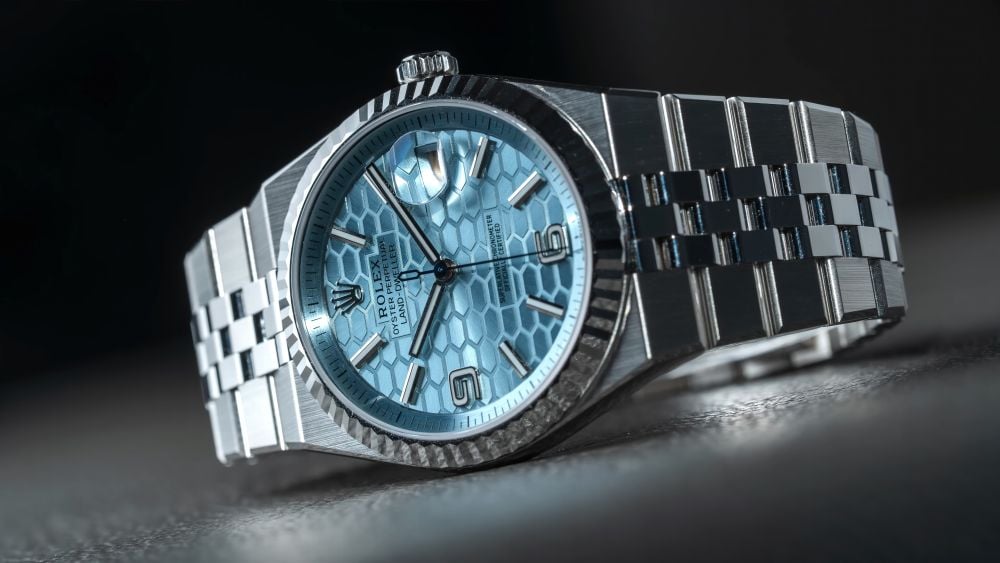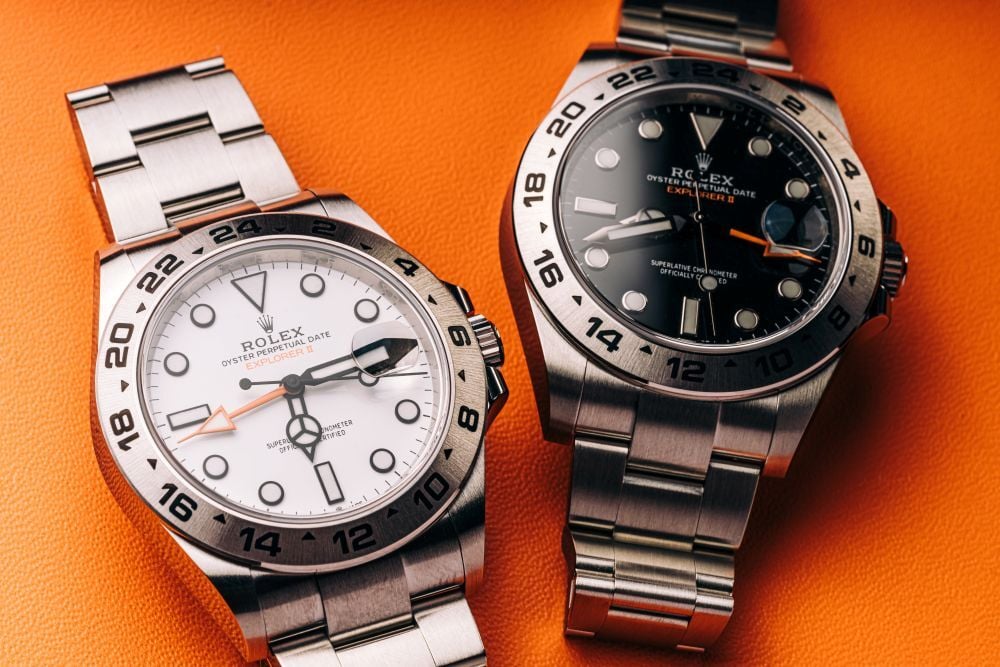How To Buy A Villa in Dubai
It’s no secret that 2025 has been a record-setting year for Dubai’s real estate market. In the first half alone, the Dubai Land Department recorded more than AED 431 billion in property transactions – the highest H1 figure on record. But beyond the headline numbers, what’s most revealing is the shape of demand. A new H1 report from Dubai Sotheby’s International Realty shows that villas remain the most coveted asset class, accounting for 60% of all super prime purchases. Communities like Palm Jumeirah, Emirates Hills, and Dubai Hills Estate continue to dominate in this regard, with more than half of buyers citing end-use as their primary motivation, rather than investment. Whether you’re buying for lifestyle or legacy, this guide breaks down how to buy a villa in Dubai.

Understanding The Market – Leasehold v Freehold Villas
One of the first things to consider is the difference between leasehold and freehold ownership. For international buyers looking to establish long-term roots in Dubai, freehold is usually the preferred route – particularly if generational wealth transfer matters. It grants indefinite ownership of both the home and the land it sits on, with the freedom to rent, sell or renovate (within community guidelines). Most major villa communities developed after 2002 fall into this category, including Palm Jumeirah, Emirates Hills, Dubai Hills Estate, and Jumeirah Bay Island.
Leasehold on the other hand, grants ownership of the home for a fixed term (often up to 99 years), but not the land beneath it. The property can still be sold during the lease term, but renovations or subletting generally require the landlord’s written consent. Once the term expires, ownership reverts to the freeholder. The advantage of leasehold is usually a lower entry price, making it attractive for buyers seeking a stable primary residence rather than a multi-generational asset. Leasehold villas are found in legacy neighbourhoods such as Jumeirah, Al Safa, and Al Manara.
Read More: Freehold vs Leasehold Dubai
Define Your Goals and Outline A Realistic Budget
Every villa purchase begins with clarity of purpose – are you buying to live in, as a holiday home, or as an investment? For end-users, leafy enclaves such as Al Barari and Emirates Hills offer space and privacy with excellent connectivity to top schools and business districts. Those drawn to the water may gravitate toward the shores of Palm Jumeirah or Jumeirah Bay Island, where villas feature private beachfronts, voluminous living areas, and a host of resort-style amenities.
If your goal is investment rather than lifestyle, the strongest capital gains are often realised in off-plan villa communities, such as Tilal Al Ghaf or District One.
Once your objective is clear, the next step is to set a budget and understand the financial framework. Beyond the purchase price, buyers should account for additional costs: a 4% DLD transfer fee, agency commission (typically around 2%), and developer No Objection Certificate charges. Buyers will also face annual service fees, which will depend on the community.
Read More: Dubai Title Deed Verification
The Buying Process – Step by Step
The actual buying process in Dubai is refreshingly straightforward. One of the most important decisions you will make early on is finding the right agent – particularly if you’re investing in the luxury market. A good agent will do much more than simply represent a home: they bring access to off-market opportunities, negotiate with authority, and guide you through the nuances of valuation and timing. At the super prime level, where villas can vary enormously in quality even within the same community, this expertise can be the difference between securing a trophy asset and overpaying for a compromised one.
To formalise your relationship with an agent, you will sign the RERA Form B – the Buyer-Agent agreement – which will also outline exactly what you are looking for as a buyer.
Once you’ve found the right villa, your agent will present a formal offer to the seller. If the offer is accepted, both buyer and seller agree to sign a Memorandum of Understanding (MOU) – or Form F – which is the legally binding document formalising the transaction. At this point, the buyer typically provides a 10% deposit via manager’s cheque to the seller’s agent until the transfer of the property takes place. For off-plan purchases, the buyer will sign a Sale and Purchase Agreement (SPA) with the developer, rather than a Form F.
The sale then progresses to the No Objection Certificate (NOC) stage. The developer issues this document to confirm there are no outstanding service charges or liabilities against the villa.
The final stage is the transfer of ownership, which takes place at a Registration Trustee Office. Here, the buyer pays the balance (either in cash or through a mortgage cheque), the seller receives funds, and the DLD issues the title deed in the buyer’s name. For off-plan properties, an Oqood certificate is issued by the developer instead, with final title transfer taking place upon completion. From accepted offer to transfer, the process typically takes between 30 and 60 days, provided all documents are in order.
Read More: What is RERA Forms in Dubai Real Estate
Final Thoughts
Buying a villa in Dubai promises a strong foothold in one of the world’s most strategic and rapidly developing cities. For some buyers, it also unlocks the door to the UAE’s Golden Visa programme. Those investing AED 2 million or more in real estate can apply for the five-year Golden Visa, which grants long-term residency without the need for sponsorship. Unlike the standard Taskeen visa, the Golden Visa stays valid even with extended periods spent outside the country.
At Dubai Sotheby’s International Realty, we specialise in high-value transactions that demand precision, discretion and deep market knowledge. From record-breaking villa sales on Palm Jumeirah and Jumeirah Bay Island to advising clients through complex transactions, our approach is both global and deeply personal. If you’re thinking about buying a prime or super prime villa in Dubai, contact us today for expert guidance.
Discover: Villas for Sale in Dubai
Serenity Mansions, Tilal Al Ghaf
- 7
- 6
- 12,720 SQ.FT.
Golf Place 2, Dubai Hills Estate
- 7
- 6
- 13,321.2 SQ.FT.
The Jasmine Collection, Jumeirah Golf Estates
- 9
- 5
- 4,972 SQ.FT.
Signature Villas Frond N, Palm Jumeirah
- 7
- 6
- 16,145 SQ.FT.
Jumeirah Zabeel Saray, Palm Jumeirah
- 7
- 5
- 7,061 SQ.FT.
Signature Villas Frond H, Palm Jumeirah
- 11
- 10
- 23,559 SQ.FT.
Raffles The Palm, Palm Jumeirah
- 6
- 4
- 14,464 SQ.FT.
Signature Villas Frond I, Palm Jumeirah
- 7
- 6
- 16,833 SQ.FT.
Signature Villas Frond O, Palm Jumeirah
- 7
- 6
- 8,000 SQ.FT.
Majestic Vistas (Lamborghini Mansions), Dubai Hills Estate
- 6
- 6
- 10,366 SQ.FT.

